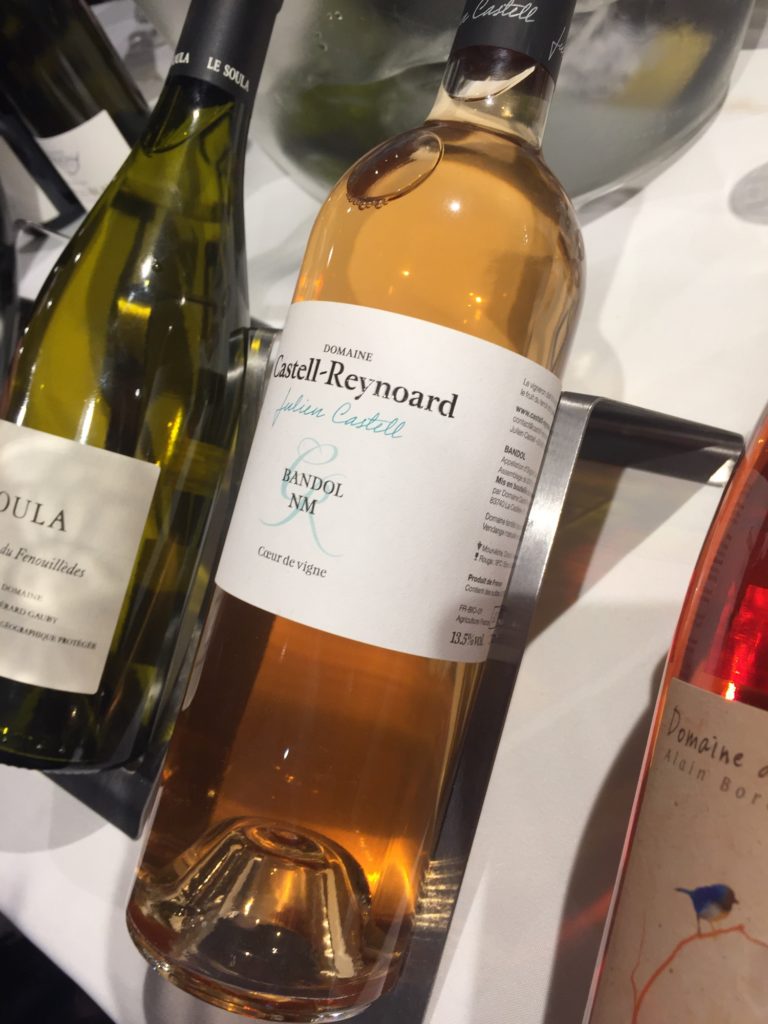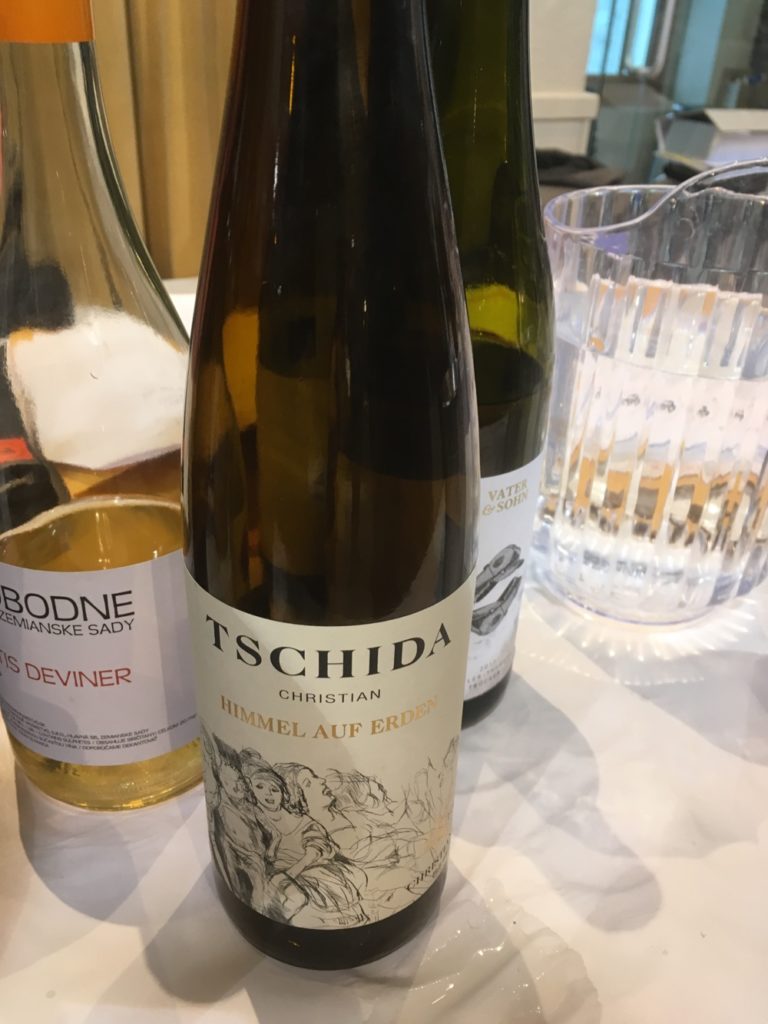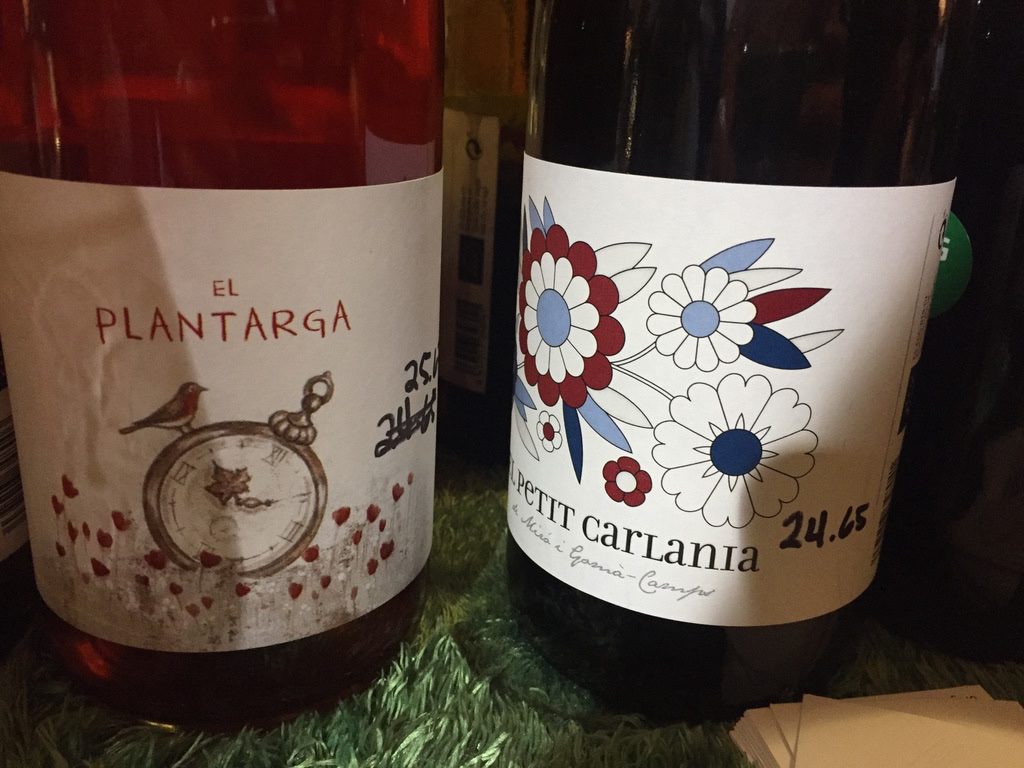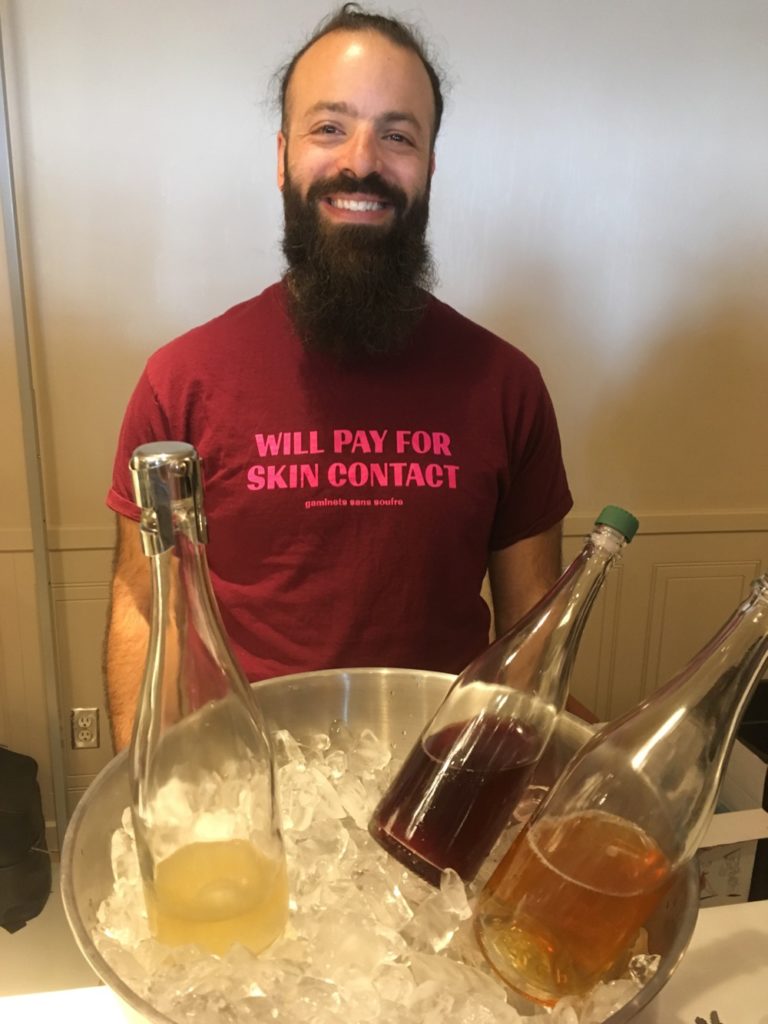Have you ever had a bottle of wine at a restaurant that blew your mind? Did you later go to your local liquor store to try to find it, only to be met with blank stares?
Or maybe you asked your server where you could get it and received a look of pity? “It’s only available in private import,” he or she tells you.
Disaster! That means private companies are bringing in the wine (via the SAQ) and selling it directly to restaurants or individuals, so the bottles never make it to shelves.
That doesn’t sound so bad, though, does it? You’re an individual, after all (just ask your mom or your art teacher). But here’s the rub: you have to buy by the case. That means 12 (sometimes six) bottles of something. And unless you really love it, that’s quite an investment (e.g. 12 bottles at $30 each = $360), especially since the SAQ (Quebec’s provincial liquor store) has a pretty exceptional selection of wine by the bottle, and you could get 12 different, exceptional bottles for the same price.
But you really want that bottle! And it turns out that there are lots of private import companies with other amazing wines that you still can’t get at the SAQ. So maybe buying 12 bottles of something amazing is worth it for you to go through the private import process: contacting the private import company, filling in your order, paying their fees, telling them which SAQ you want your order shipped to, waiting for a bit until the order’s ready, then going pick it up and paying the SAQ the rest of the money owed.
My tip? Split the case with a friend or friends. Six friends splitting six cases means you get two bottles of each wine – that’s six bottles of wine that are otherwise impossible to to buy locally.
But wait. Are you just going to pick five random wines (plus that one that you had at the restaurant)? You’ll probably want to taste them before investing. Tricky, right? Fortunately, at the spring DézIPpé wine salon from RASPIPAV, you can taste a bunch.
RASPIPAV is an organization that brings together the private import companies twice a year with some of their winemakers and a ton of their wines for public and industry tastings. There are two a year – the one in late October/early November is called simply RASPIPAV and the one in spring is called DézIPpé, with the capital IP standing for importation privée. The event is always open to the public on the weekend (you pay around $30 for entry plus a bunch of tasting coupons; each wine is worth a certain number of coupons) and a media/restaurateur/industry tasting day on Monday.
In case you missed the recent DézIPpé, here are my suggestions for your next (or first) private import order.
Age-Worthy Rosé
I’ve fallen a little in love with well-made, dry rosé from Bandol. I might have recently coordinated a trip to Toronto to get two bottles of my favourite one (not available from the SAQ). So when I saw this bottle at the Symbiose kiosk at DézIPpé, I got a little excited. It wasn’t the same one I’d had before, but it was a great expression of what Bandol can do for rosé and I wasn’t disappointed.

This rosé from Domaine Castell-Reynoard (winemaker Julien Castell) is biodynamic and sneakily mature from being a blend of different years. So you get the freshness of younger years mixed with the elegant, roundness of older years. That’s what the NM means: non-millésimmé. It’s not sweet, but it’s not acidic. It’s very light coloured. It’s got all that lovely apricot-peach bouquet. Hand-harvested, low-yield grapes and made with natural yeasts, it’s a blend of mourvèdre, cinsault and grenache. It’s about $32 a bottle. And you’ve got to buy 12.
Affordable Bubbles

I tried some biodynamic Champagnes from Leclerc-Briant, full of brioche and oak and a very direct acidity, and they’re from $75 to $100 a bottle (a good price compared to mass market Champagnes), but for more affordable bubbles (and admittedly less refined bubbles), the $34.72 Crémant de Bourgogne from Domaine des Gandines was exceptional.
It’s imported by Vin Vrai, which also represented the Italian blend of Negretto, Cabernet Sauvignon, Sangiovese and a bit of Barbera from Orsi Vigneto San Vito called Posca Rossa. The wine doesn’t have a year, since each year, more fresh wine or a particular varietal was added, which is probably what brought down the bite of the Barbera and softened the Cabernet Sauvignon. It was $28 and a stand-in if you like juicy Northern Italian reds and don’t want to wait a bunch of years or spend a fortune, aka it’s not a 2008 Barolo, but it’s not trying to be.

Cult Bottles

There are some wines that oenophiles get excited about. Actually, there are some wineries. Actually, there are some winemakers. One is Christian Tschida. His skin-fermented wines from old vines in Burgenland, Austria are usually pretty pricy because of his fame in the natural wine world. This bottle was available for tasting at the event and is available at a number of Montreal restaurants including Boullion Bilk, Le Club Chasse et Pêche and La Chronique. It’s sold by Ward et Associés. The orange, rosé and a couple of the reds are $51.85 a bottle from Ward et Associés in Montreal (and you have to buy cases of six, but that means a single bottle will probably set you back about $150 in the aforementioned restaurants…ah, markup), while the white and a couple other reds are just over $100 a bottle (“en particulier,” which means if sold to an individual through private import). You might not be splitting a case of this with your friends if you’re a private import newbie. Or maybe you will. You’ll save a lot of money by buying a case compared to buying a bunch of bottles at the restaurants.
Dry Riesling
Do you think German Riesling is delicious? Do you drink Hugel? That long, thin, green bottle with the yellow label? You probably think it’s delicious because it’s sweet, whether you admit that or not. Most of us have been there! Then we got into dry Riesling, the same way young people get into Smirnoff Ice before developing an interest in wine, once our tongues got use to acidity, astringency and tannins.
Dry Riesling often has hints of that beautiful floral, fruit aroma but heaps less sugar. And a great dry Riesling still works because of the freshness and vibrancy of the wine. One winemaker at DézIPpé this spring was Clemens Busch. He and his wife are behind the biodynamic Marienburg vineyards of Pünderich, Germany. The winery has been in his family since 1663, he told me.

They only make Riesling. That’s it. “There was never a chance to do otherwise,” he said. And what’s cool is I tried six incredibly different wines from him. The variety comes from the differences in soil type and location of the grapes used for each.

The most impressive to me was the Mariensburg GG (Grosses Gewächs) 2016. GG is a designation for exceptionally high quality German wine. To be GG, wine yields can’t be more than 50 hectolitres per hectare and the grapes have to be hand-harvest and picked fully ripe. This wine spent 12 months on the lees. It’s dry and smooth and beautiful. $70 from Ward et Associés.
My Other Favourite White: Grüner Veltliner

This golden 2016 Grüner Veltliner from Austrian winery Gruber Röschitz is all tropical fruit and long finish. It’s $45 a bottle. It’s round, and tastes much sweeter than its 1.1 grams of residual sugar. You get that from fully mature grapes and a lot of sunshine, I think. It’s from Alternative Wines and Spirits.
Favourite Private Import Company of the Tasting Salon
Origines. I tasted their pet nats, méthode champagnoise sparklings (shout out to the Clos Lentiscus Blanc de Blanc Brut Nature with two natural fermentations in the bottle) and biodynamic, dry Lambrusco (Italian sparkling red that’s often made too sweet), as well as a handful of whites and reds. And everything – everything – was delicious. Nothing was too funky or too safe, either. I would buy a case of any of these. And I think I will.
Probably this one, El Petit Carlania, made with the Trepat grape, a Spanish indigenous grape that I clearly don’t see enough of. The whole line of wines from this Spanish winery is natural, zero sulfites added. This bottle is $24.65.

My other favourite red was this dry but sweet tasting and soft L’Alicante from Catherine Bernard. $29.33 a bottle from Origines. Organic, biodynamic, no sulfites added:

The winemaker used to be a journalist, which I didn’t know when I decided I liked her wine. I like it more now. Cheers to a lady who followed her heart out of the newsroom. Here’s everything you need to know about her hands-off winemaking process.
And last but not least, I have to mention the exceptional wines from a relatively new winemaker from the Okanagan, from a winery called Rigour & Whimsy. Up there with his marketing and the quality of his skin-macerated wines was his T-shirt (made by Montreal company Gaminets Sans Soufre).


This 2016 Pinot Blanc is a beautiful example of what the Okanagan can offer for the grape. Skin-fermented for two months, barrel aged for 15, this wine is very dry but with ripe fruit that tastes nicely balanced. Grown at high elevation, you get heat from the Okanagan and cold nights, making for refreshing wines. Peach, lime, a nice, sharp finish.
The Rigour & Whimsy Gamay was Loire-style in production but with none of the disappointing wateriness that can come with it. It’s a different terroir, explained Costa Gavaris, who only launched the winery with his wife a few years ago. Of course it’s different. Why should Okanagan Gamay taste like Loire Gamay? What impressed me most, though, was how successful his winery has been already. A vineyard is a huge investment with a lot of risk, especially when you follow organic or biodynamic or natural winemaking principles.
The Rigour & Whimsy website is still minimal and his bottles sell out crazy fast – a testament to their popularity even after doubling production this year (it’s still tiny). Get on the mailing list. I have a feeling these will be Canadian cult favourites really soon. Or try your best to grab a case through the Quebec importer, Agence Boires.
Thirsty? Pull up your big girl (or boy) pants and order some private import wine already. And I’ll see you in the fall at the next RASPIPAV tasting salon, where you can buy a lot of these wines by the bottle, thanks to the SAQ presence on site!
Photo credits: Most of the photos are mine. The better ones are surely from Mallory Frayn of the blog Because I Like Chocolate.
Leave a Reply